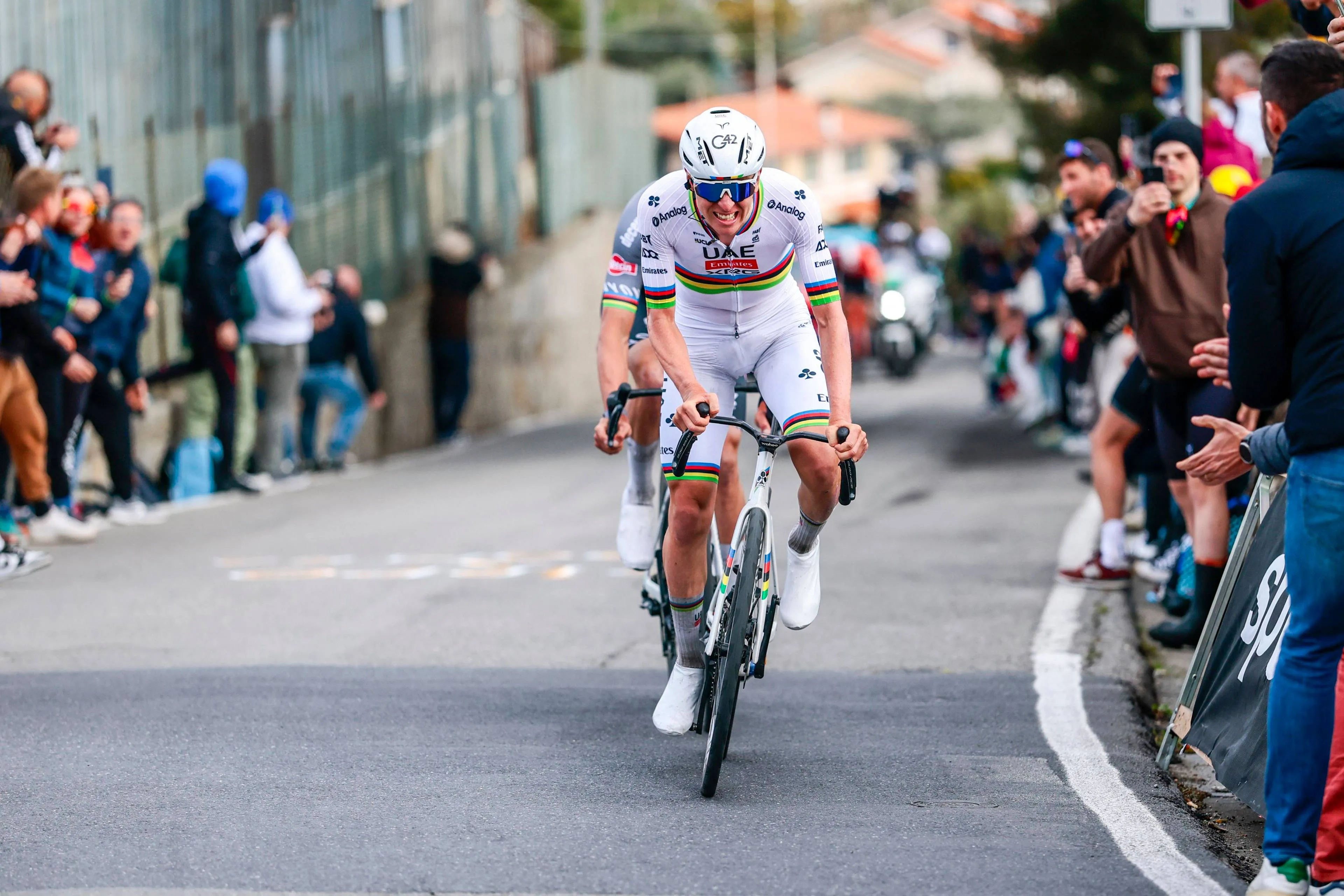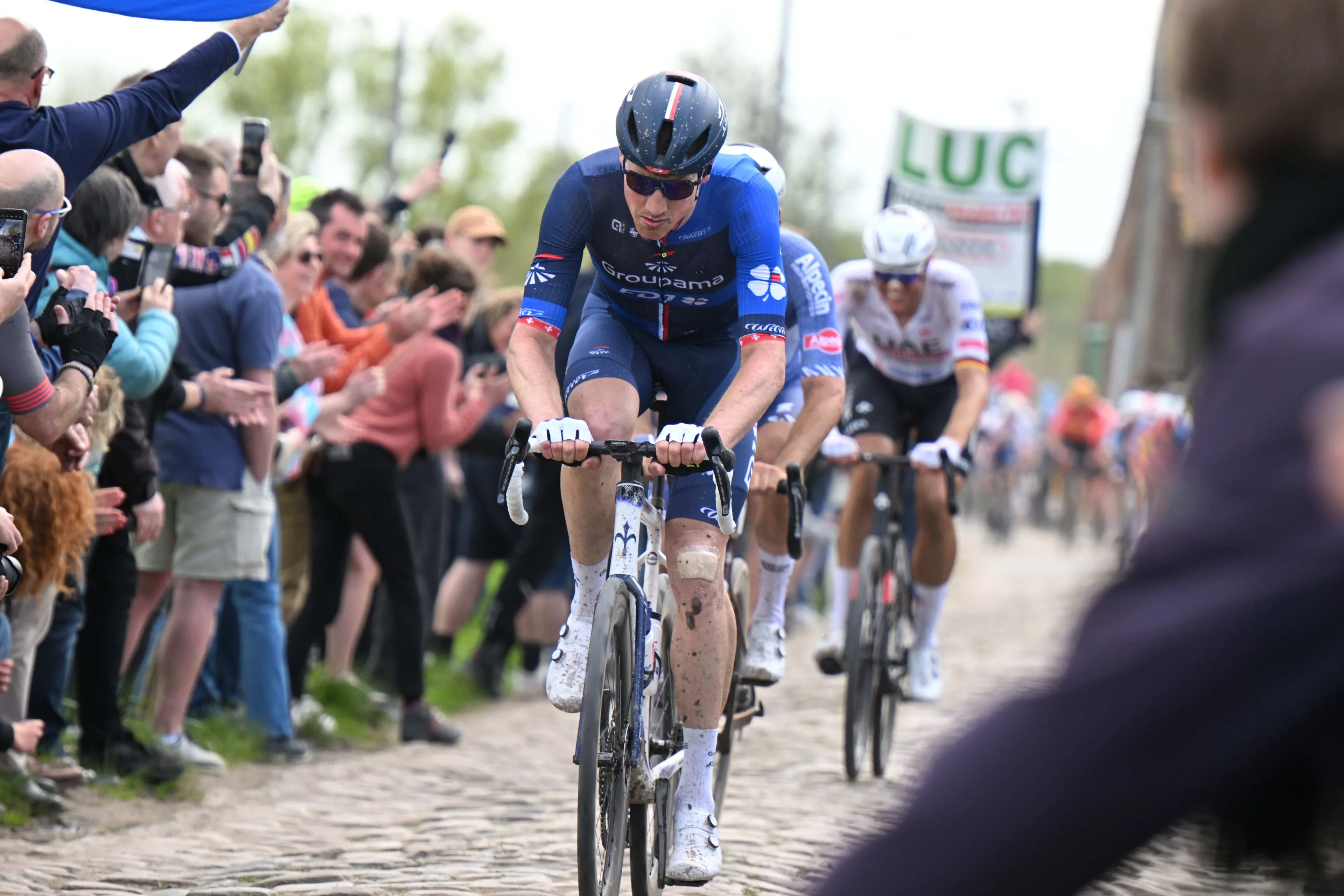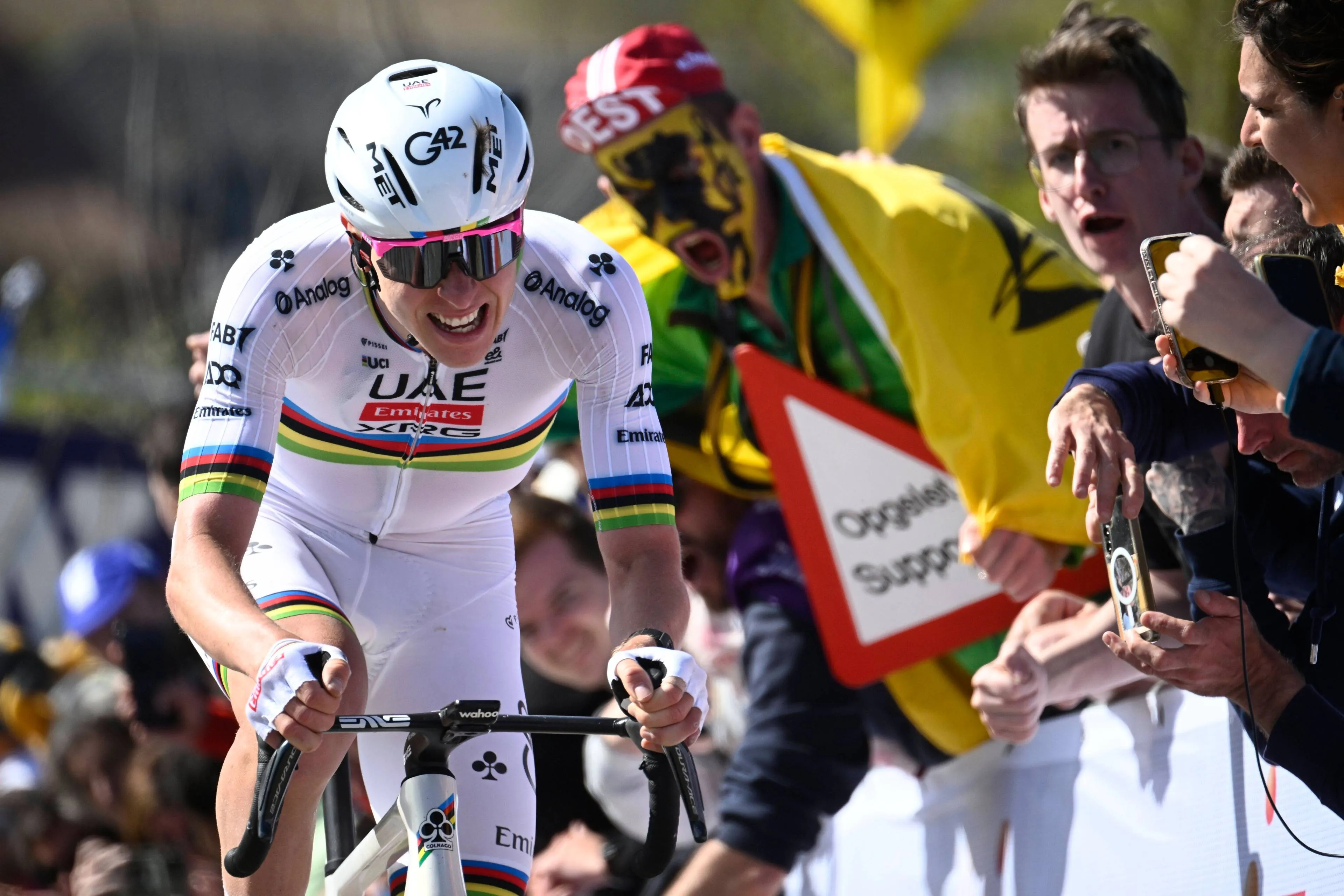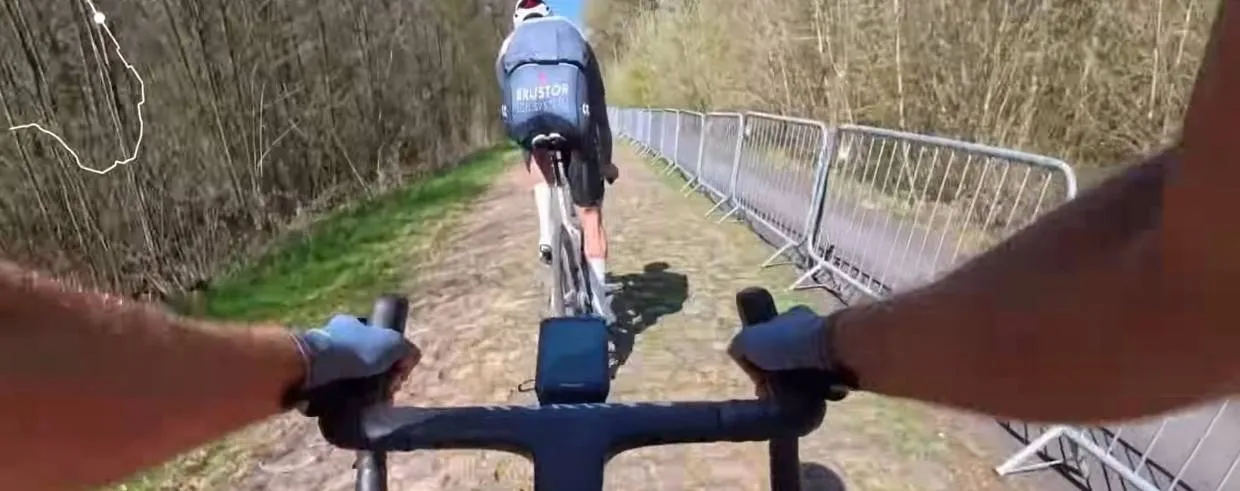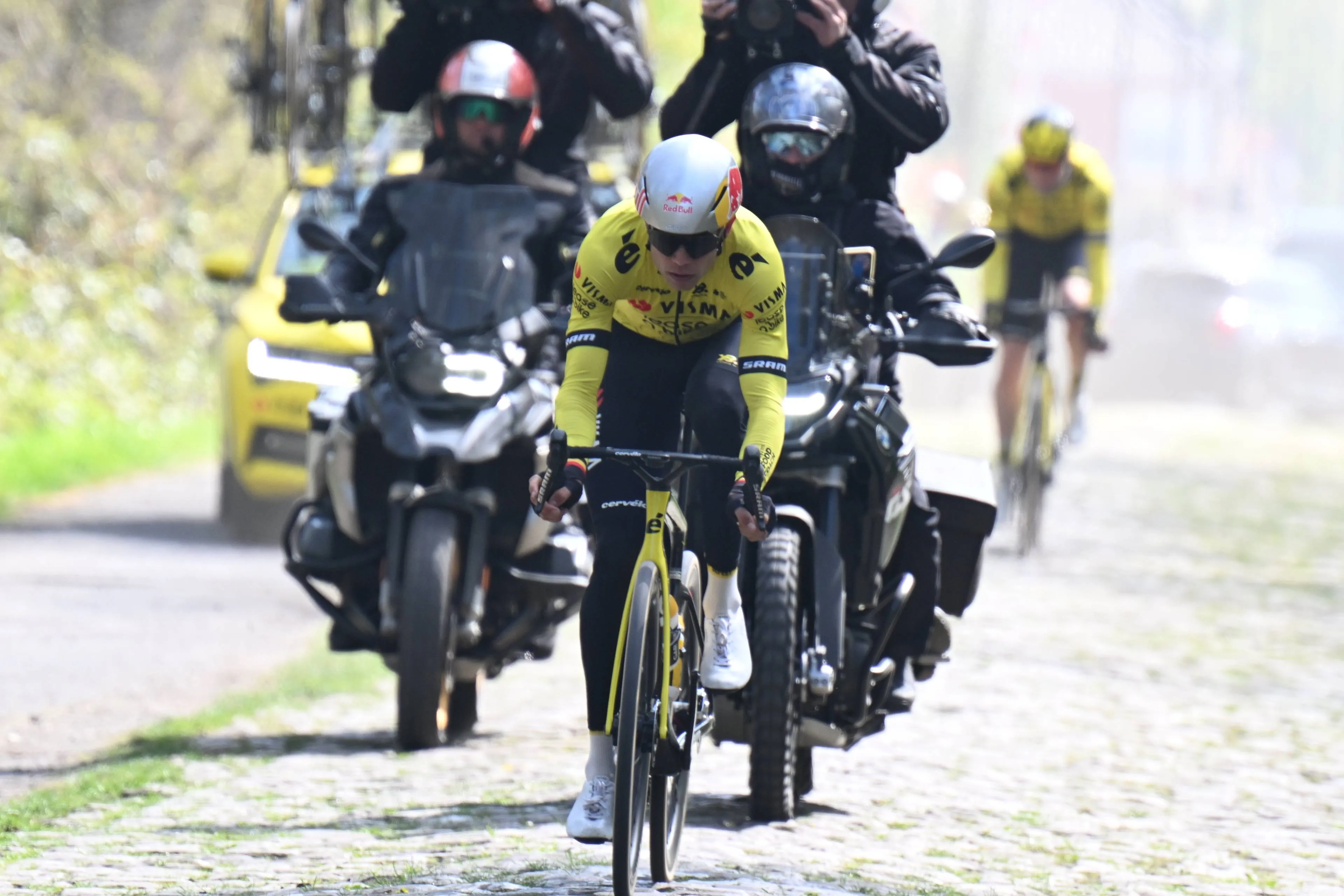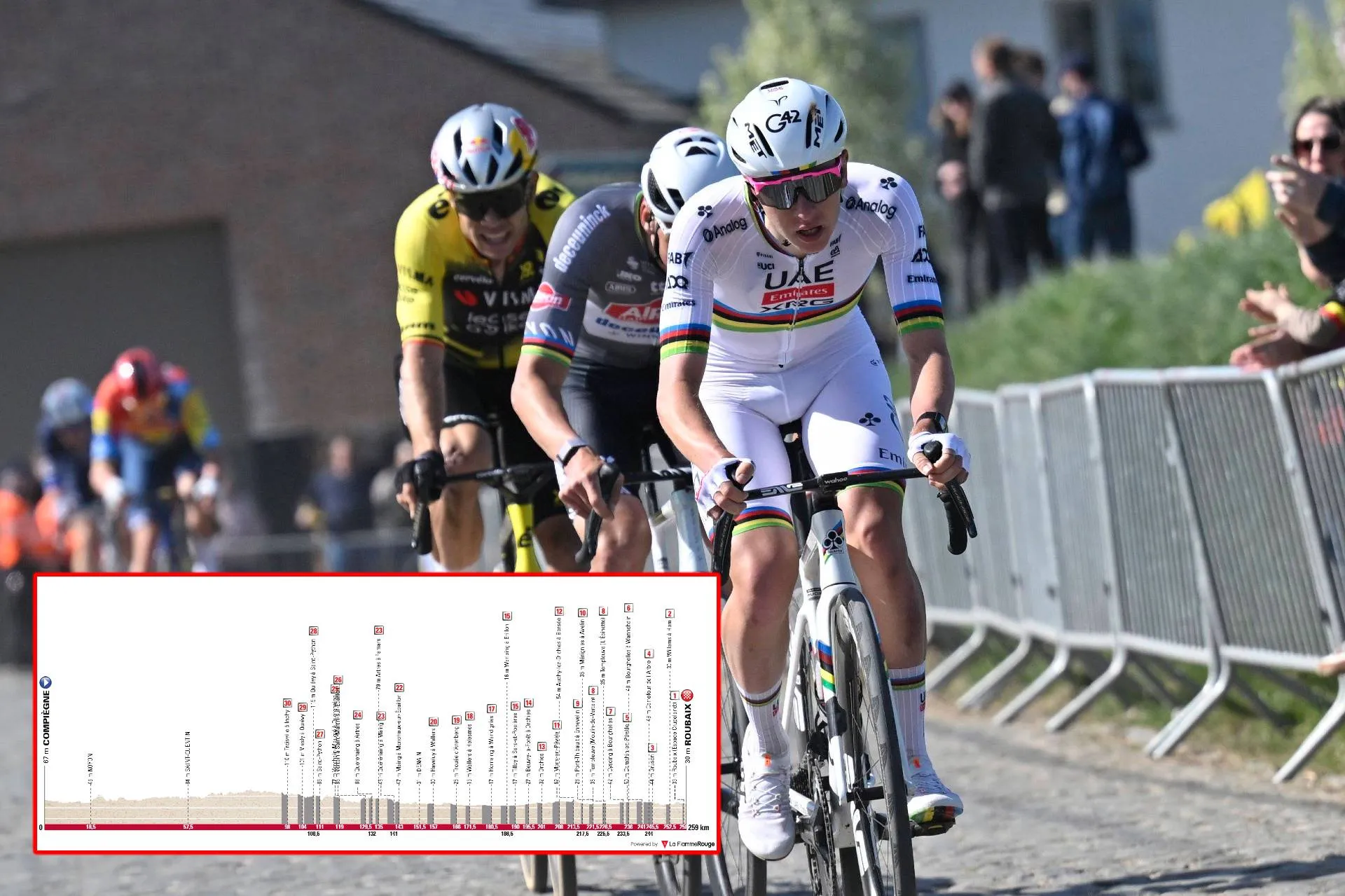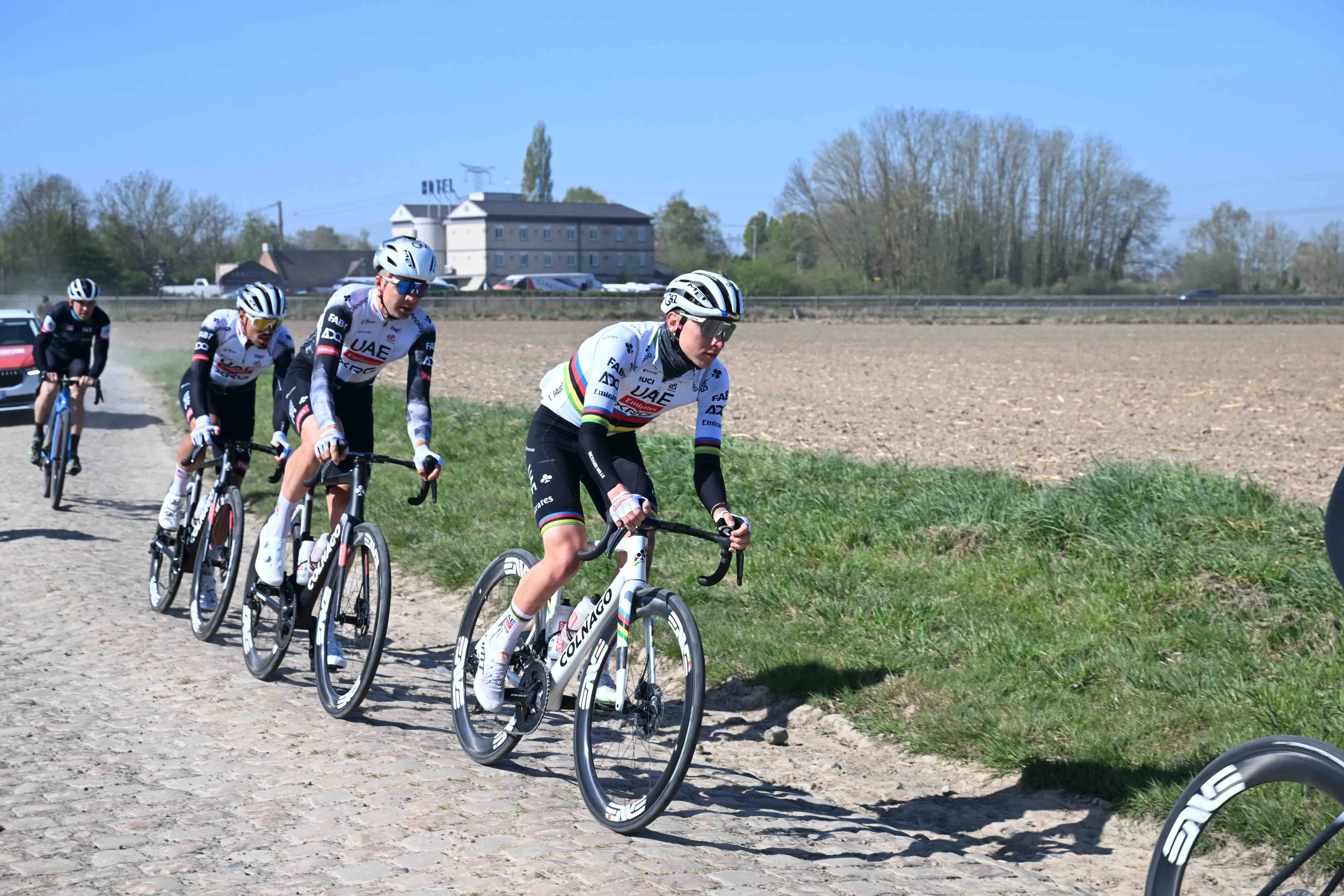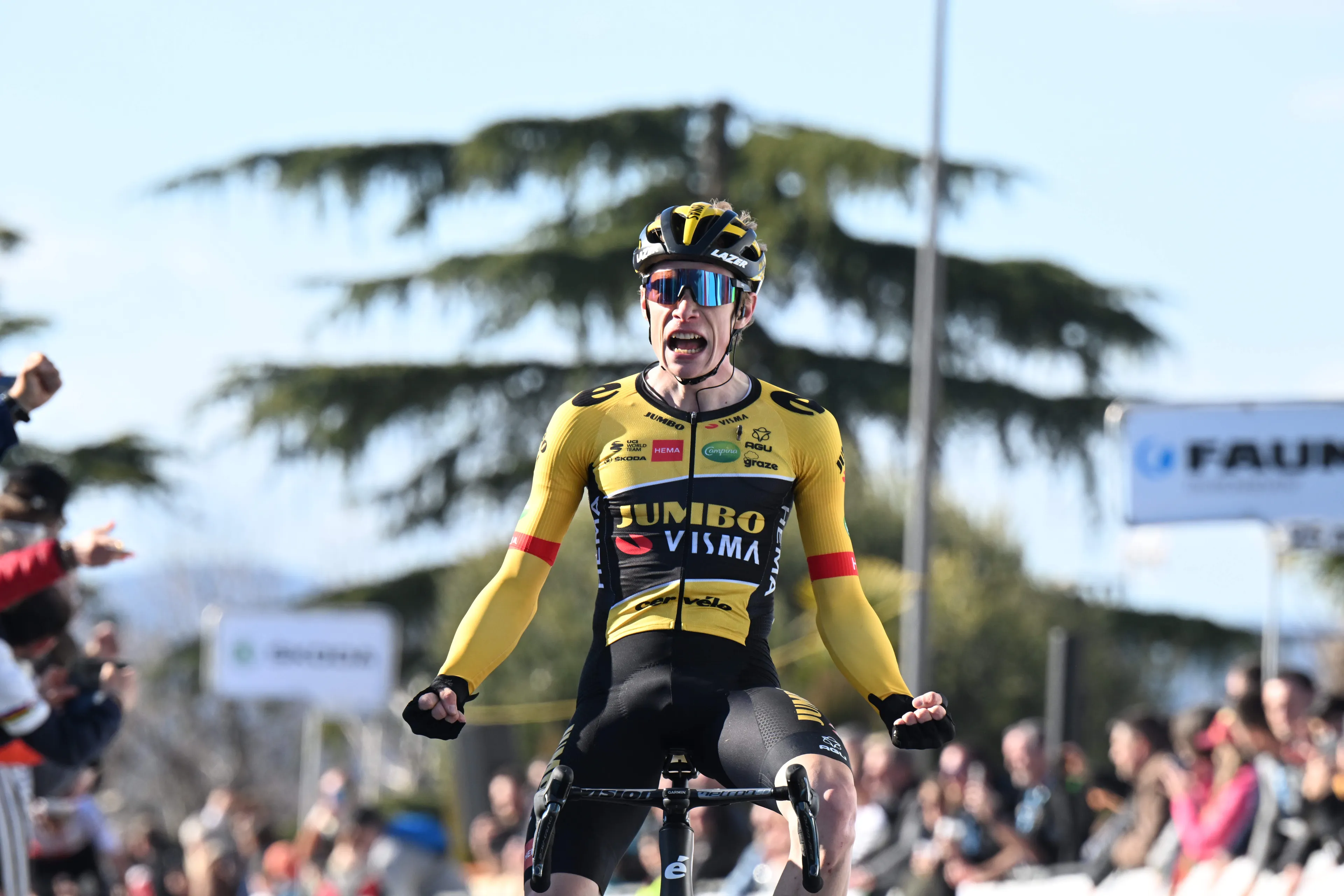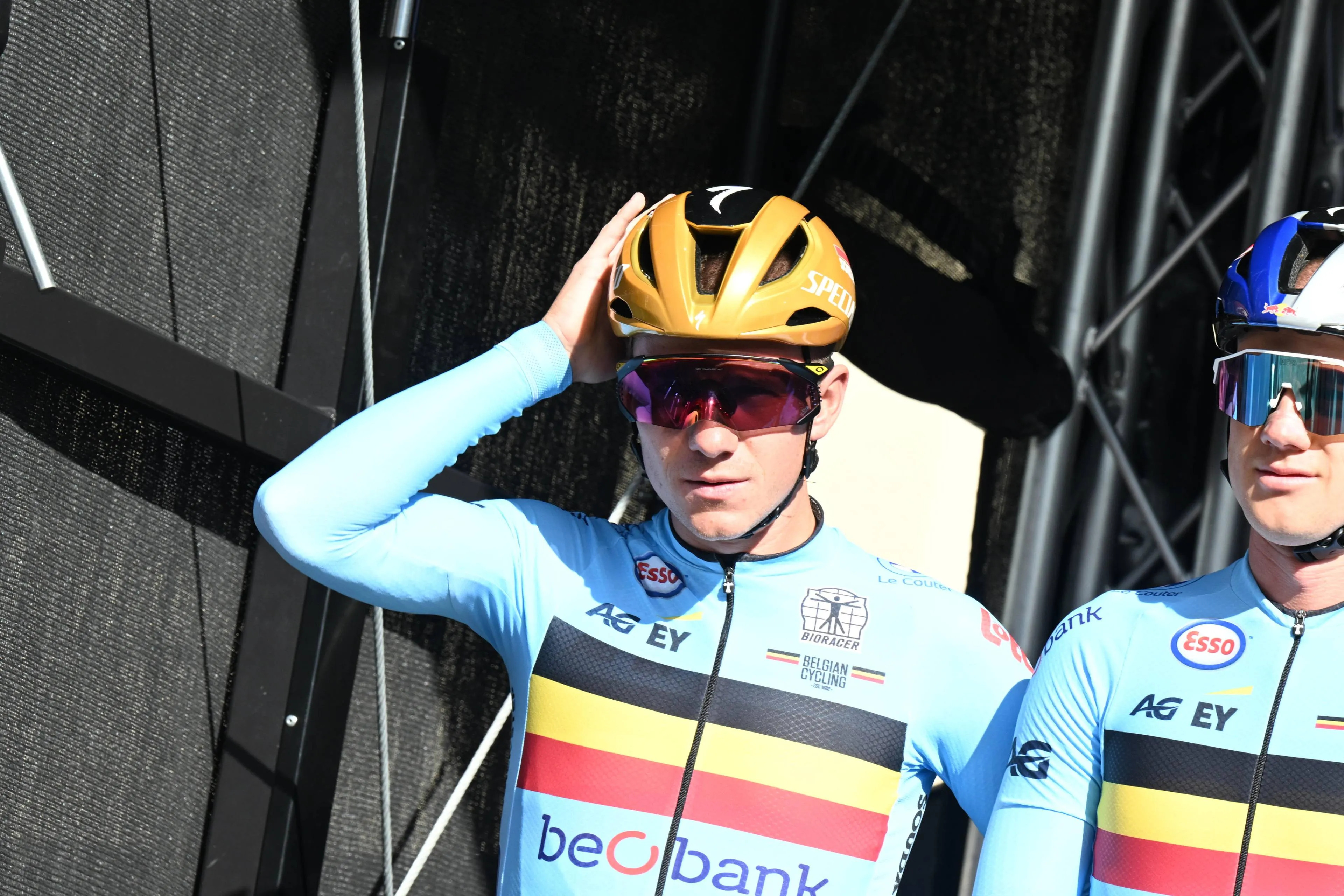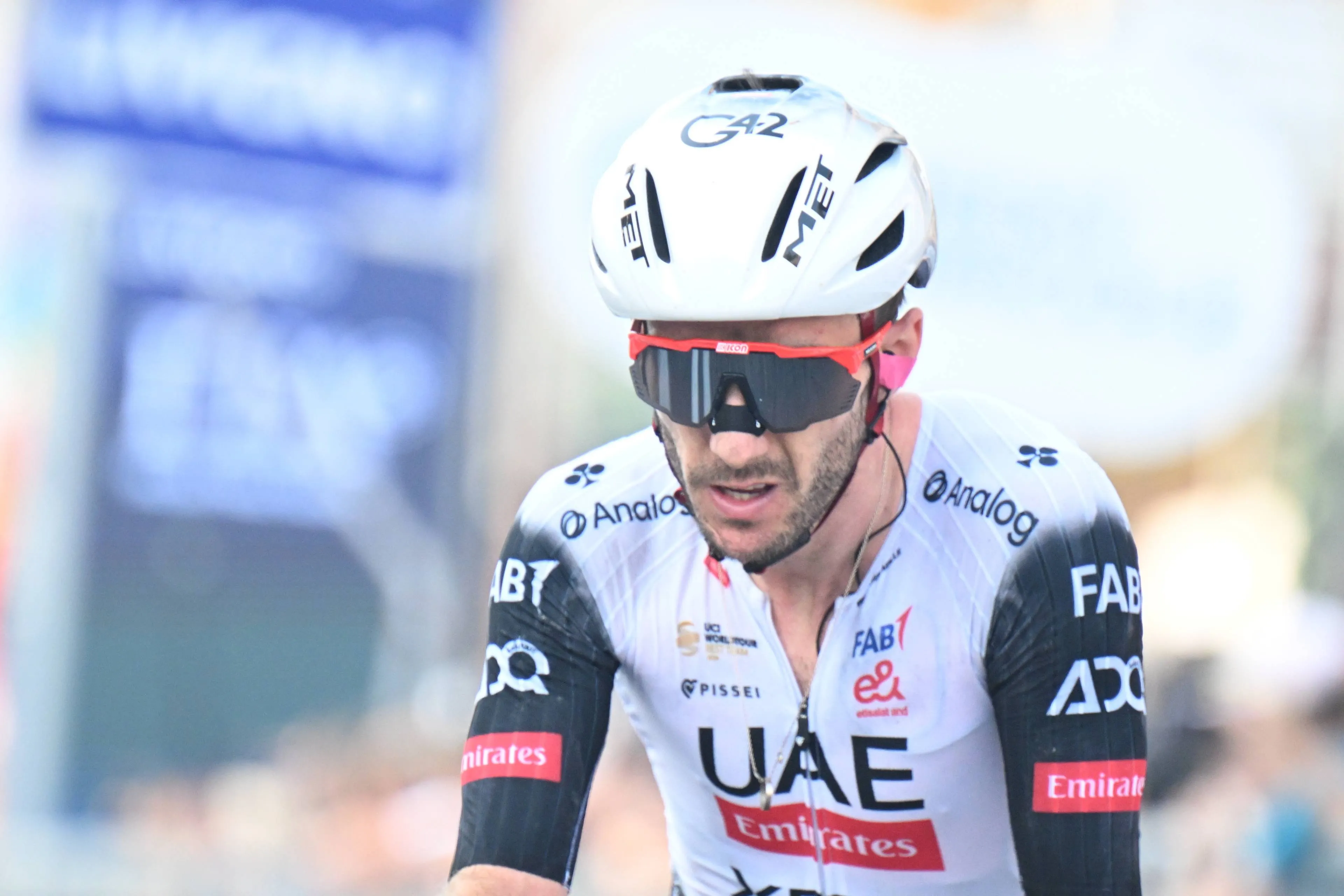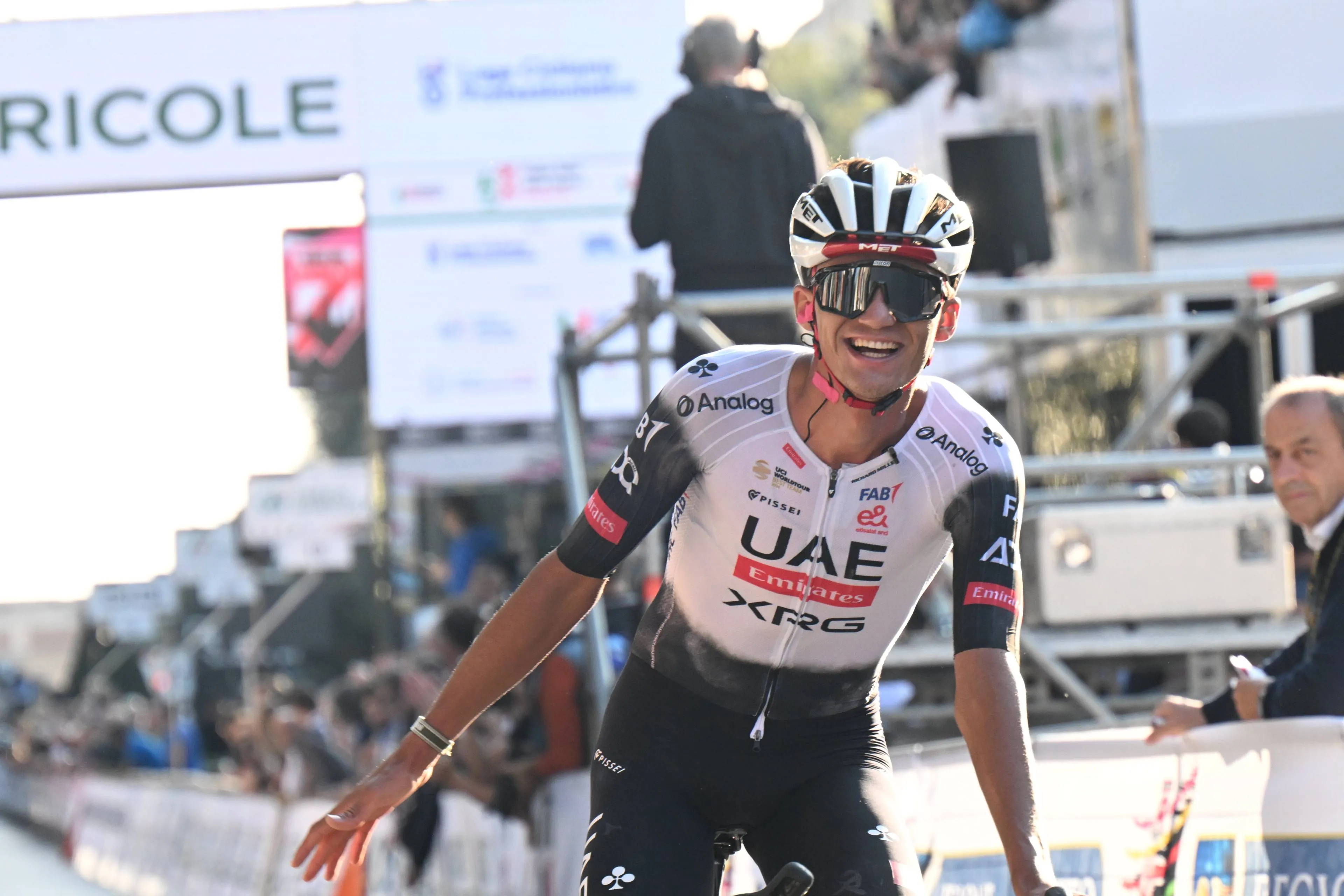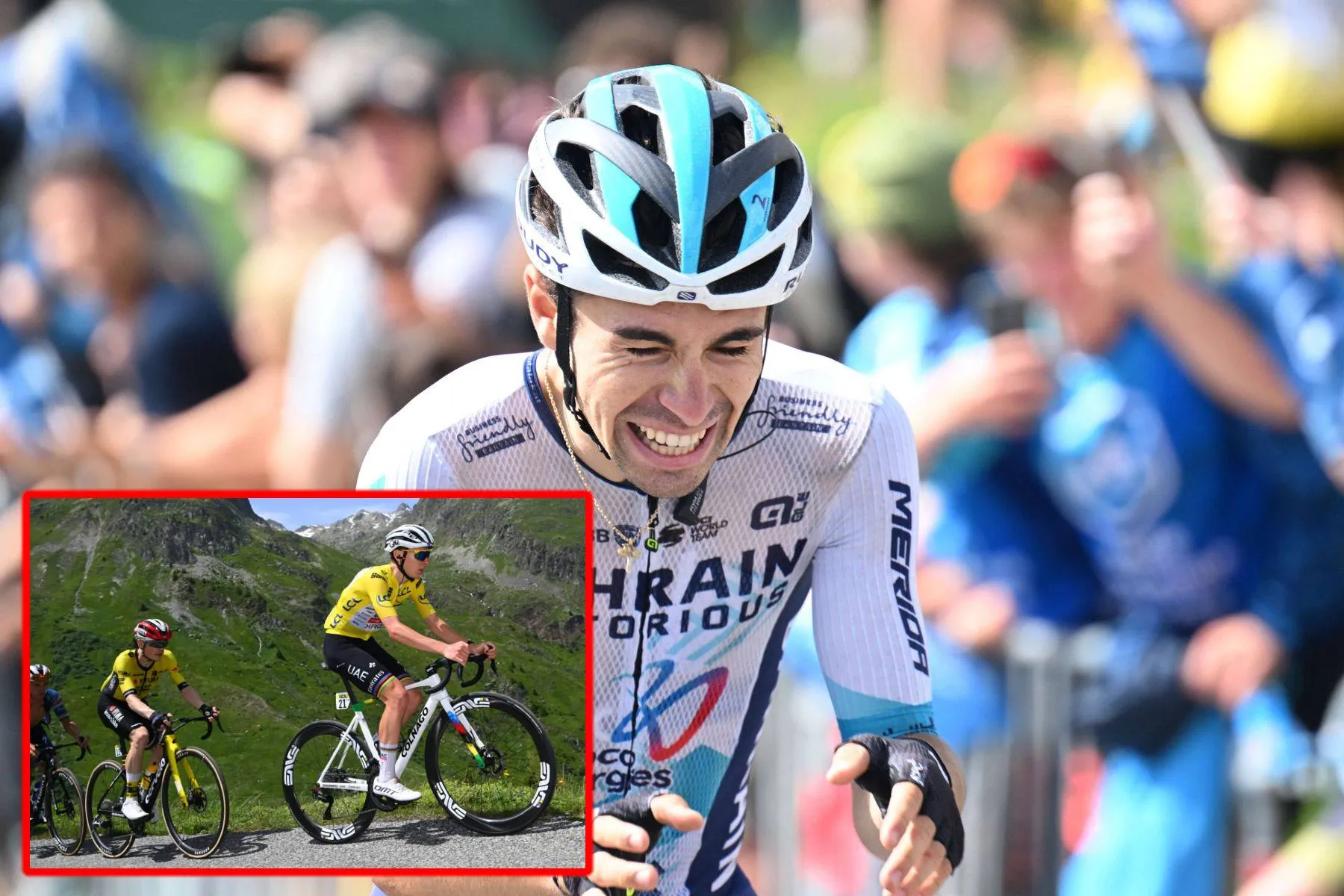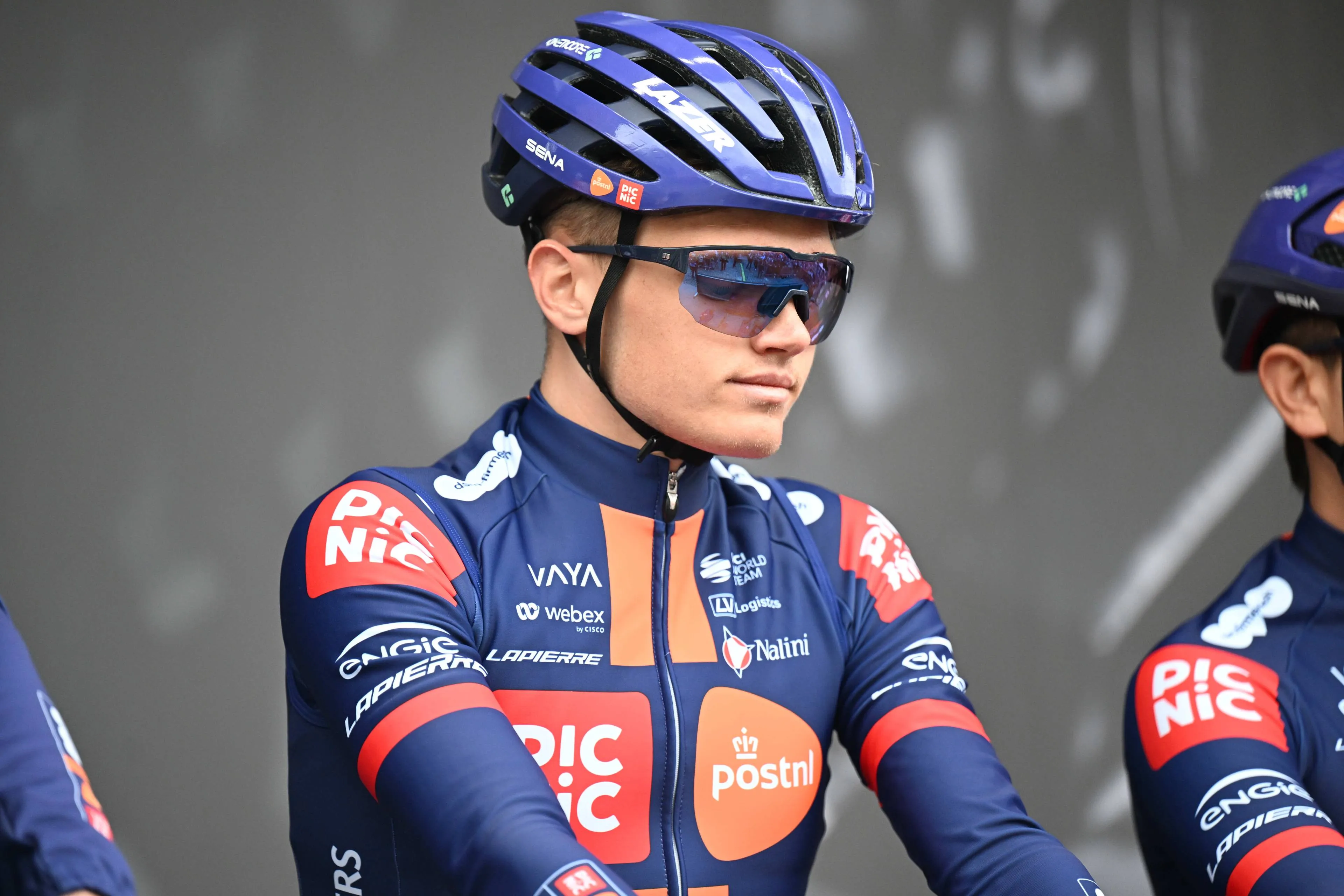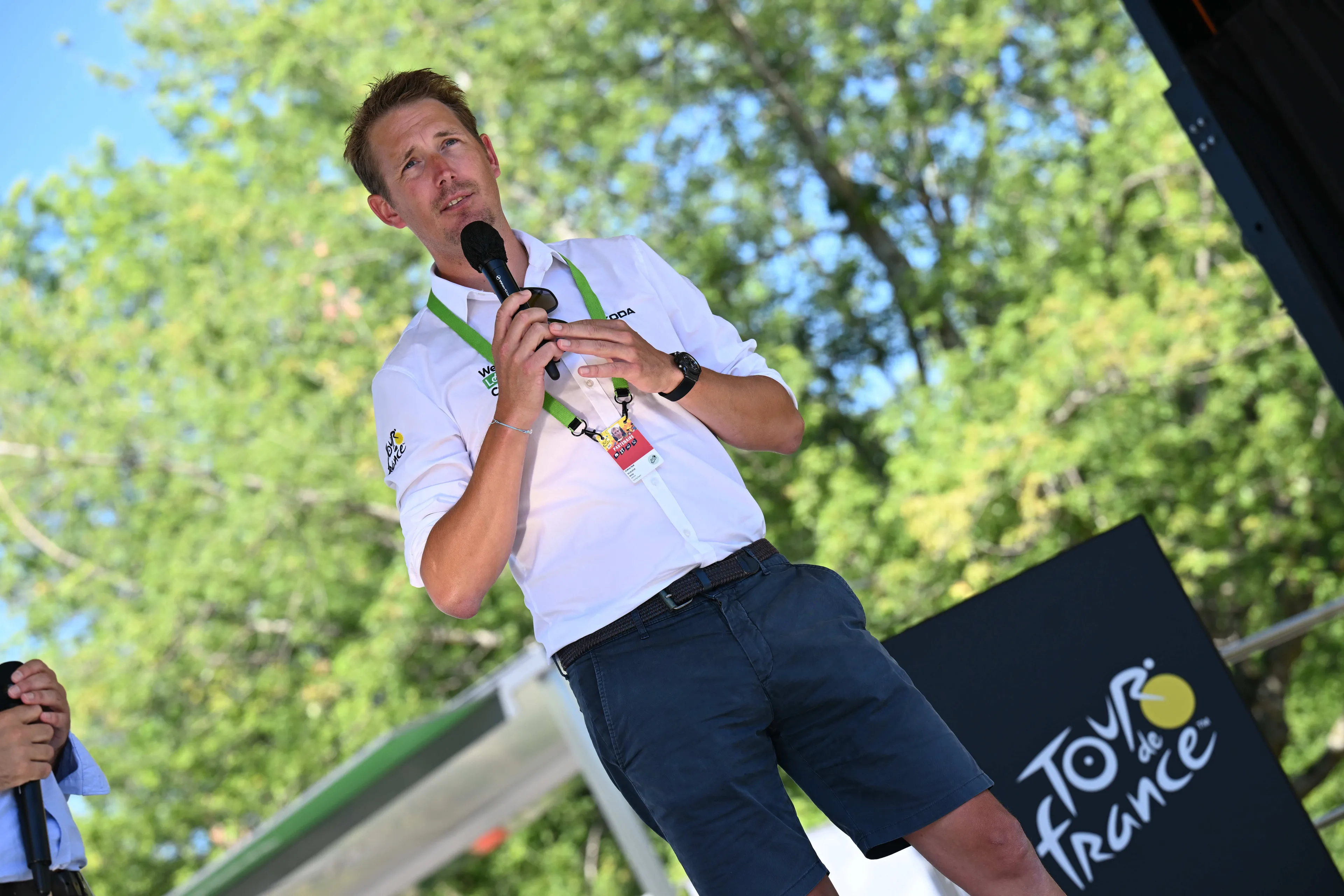ANALYSIS | 6 of the best editions of Paris-Roubaix ahead of Tadej Pogacar's debut
CyclingSaturday, 12 April 2025 at 21:30

As cycling fans
gear up for the 2025 edition of Paris-Roubaix, there’s no better time to look
back on the most iconic moments from a race that, outside the grand tours, is often
the race fans look forward to the most.
That’s likely
because the fans don’t have to ride the cobbles…
Known as The
Hell of the North, Paris-Roubaix is cycling’s toughest one-day race, with its
bone-rattling cobblestones, brutal crashes, and legendary finishes. Here are
six of the greatest editions in the race’s history, and let’s explore whether
we can learn anything from them ahead of this weekend’s show down.
Read also
1. 1968 – Merckx’s first win
Eddy Merckx was
already building a reputation as one of the sport’s future greats, but it was
his victory at the 1968 Paris-Roubaix where he showed just how good he could
be.
Still just 22
years old, Merckx was up against Herman Van Springel, in a race that will be remembered
for its horrendous conditions and punctures for some of the big names.
Riding for the
Faema team, Merckx tackled the cobbles with surgical precision, but what truly
stunned his rivals was his endurance. He simply refused to fade, even when the
wind and cobbles punished the rest of the peloton. Merckx was able to beat his
Belgian rival Van Springel in the velodrome, with Walter Godefroot completing a
Belgian sweep of the podium places.
Read also
This was his
first of three Paris-Roubaix victories, and was the year he won a grand tour
for the first time, as the Giro.
Could another
grand tour winner get his first Paris-Roubaix win this weekend?
2. 1985 – Marc Madiot
Paris-Roubaix
1985 was defined by the kind of conditions that make legends. Rain soaked the
roads, the cobbles turned slick with mud, and crashes were constant. It was
pure hell, and Marc Madiot thrived.
Read also
The Frenchman
rode like a man possessed through the race, seizing control in the latter
stages and powering away solo with just under 30km to go. The scenes on the
Arenberg Forest were apocalyptic: riders covered in mud, mechanics scrambling
to clean bikes, and fans lining the roads screaming encouragement in a storm.
Madiot was able
to survive the carnage, and beat his countryman and teammate Bruno Wojtinek,
with Sean Kelly of Ireland rounding out the podium.
This race
should be on everyone’s mind if the weather on Sunday sees the heaven’s open.
The race is already hellish and brutal even on the best of days, and a little
rain can make it a true battle of attrition.
Read also
3. 1994 – Andrei Tchmil
No one expected
Andrei Tchmil to win Paris-Roubaix in 1994. The Moldovan was a strong rider,
yes, but the cobbled classics were usually won by the likes of Museeuw,
Ballerini or Duclos-Lassalle. But on that cold, windy April day, Tchmil changed
everything.
Attacking with
60km to go, Tchmil launched what looked like a suicidal move. But while others
hesitated or crashed, he held his gap through sector after sector, maintaining
his composure on the brutal five-star cobbled sections. As the kilometres
ticked down, the realisation grew: he might just pull this off.
Behind him, the
chasing group was disorganised. Museeuw, Ballerini and Moncassin all looked at
each other too long. Tchmil, meanwhile, buried himself. He entered the Roubaix
Velodrome alone, the clock still ticking as the chasers closed. When he finally
crossed the line he was utterly spent, but a champion of the cobbles.
Read also
It was one of
the gutsiest rides ever witnessed in Paris-Roubaix. Tchmil’s victory wasn’t
just unexpected; it was inspirational, and shows that an underdog can still win
against the odds in Roubaix.
4. 2001 – Servais Knaven
The 2001
Paris-Roubaix was not just a victory for Servais Knaven, it was a clinic by the
Domo-Farm Frites team. The Belgian squad managed to place four riders in the
top five, completely dismantling the race and suffocating every rival with
numbers and strategy in the 99th edition of the race.
Knaven, a
reliable but not flashy rider, got in the early break and played his hand
perfectly. Behind him, his teammates Johan Museeuw and Romans Vainšteins
shadowed every chase, forcing others to do the work. By the time Knaven hit the
final sectors, the gap was unbridgeable. He soloed to the velodrome for the
biggest win of his career.
Read also
Museeuw, often
the team’s go-to man, finished third, but he didn't mind.
This edition of
Roubaix was remarkable not for its mud or crashes, but for its surgical team
execution. Domo-Farm Frites didn't just win, they dominated, shutting down the
race and neutralising the favourites. Knaven’s solo was brave, but it was the
perfect storm of teamwork, patience, and timing that made 2001 unforgettable.
We’ve seen
plenty of teams try to replicate this performance, which is truly the blueprint
of how to master the cobbles as a team.
Read also
5. 2016 – Matthew Hayman
Mathew Hayman
wasn’t even supposed to be in the race. Five weeks earlier, he had broken his
arm at Omloop Het Nieuwsblad and was expected to miss the spring entirely.
Instead, he trained on Zwift, recovered faster than expected, and made it to
the start line.
Then came the
miracle.
The 37-year-old
Australian had ridden Paris-Roubaix countless times before, often in a support
role. In 2016, he got into the early break and stayed away. As the race entered
its brutal final 60km, the big names, Tom Boonen, Ian Stannard, Sep Vanmarcke, started attacking. But Hayman kept going.
Read also
When the final
selection was made, Hayman was still there. And when they entered the
velodrome, he was one of five riders. Against all odds, he outsprinted Boonen,
a four-time winner, to take the biggest win of his career. His stunned face and
overwhelmed tears in the velodrome remain one of Roubaix’s most emotional
moments.
It was a
victory that celebrated the journeyman, the underdog, the rider who rarely wins
but always works. “I can’t believe it,” Hayman said afterward. “This is a
dream.” Roubaix, more than any other race, has room for dreams like his.
6. 2021 – Sonny Colbrelli
Paris-Roubaix
2021 was historic before it even started. After COVID cancelled the 2020
edition, fans waited 903 days for the race to return. And when it did, the
skies opened. For the first time since 2002, Roubaix was raced in torrential
rain.
Read also
It was chaos.
Crashes marred every sector. Mud coated bikes and faces. Riders hit the deck in
the Arenberg, slid out on corners, and crossed the finish line unrecognisable.
In the midst of it all, Sonny Colbrelli shone.
The Italian
national champion had never raced Roubaix before, but he handled the conditions
like a veteran. When the race broke apart, he stayed calm, following every
dangerous move. He made the final selection with Florian Vermeersch and Mathieu
van der Poel, and in the velodrome, he timed his sprint to perfection.
Colbrelli
collapsed on the ground, covered in mud and tears. It was the ultimate example
of adaptation and mental strength. “I don’t have words,” he said post-race.
“This is a dream come true.”
Read also
Sadly, it would
also become one of his final career highlights before heart issues cut his
career short. That rainy day in Roubaix became even more significant in
hindsight, a moment of beauty in the mud.
The man who was
third on the podium in Roubaix that day, Mathieu van der Poel, is the current
two-time defending champion. The question is, can the Dutchman make it three in
a row on Sunday. Or can Tadej Pogacar, Wout van Aert, or someone else spoil the
party?
These six
editions show the full spectrum of what Paris-Roubaix represents: courage,
pain, surprise, heartbreak, and incredible possibility through chaos.
Whether it’s
Merckx’s dominance, Hayman’s fairytale, or Colbrelli’s emotional breakthrough,
every era has its legend born on the cobbles. Who will have their chance to
shine on Sunday?
claps 0visitors 0
Just in
Popular news
Latest comments
- If she was Dutch or Belgian she'd have already sorted a team out. Unfortunately, the CX teams are pretty insular to 'foreigners' and would rather give a spot to a local rider. And that is one reason why the sport is niche outside its heartland.wipperman9519-12-2025
- Dear Editor: It is no humiliation to make the final, even with two riders, and not get it perfect against another talented rider. Disappointment, sure.itsent18-12-2025
- I luv this guy ,so honest puts the hand up ..."my fault.".. I would be stoked to see him win his big monuments ... i think he would be a great team mate and friend.Davide18-12-2025
- In his years in the peloton, Evenepoel has had several major crashes that could have ended another person's career. In that, he is sadly similar to Roglic, whose crashes have had a huge impact on his still impressive palmares. I'd say the first thing that needs to happen is that everyone make it to the Tour safely. At that point? I don't think they stand a chance against the UAE engine, and the man who is only now (seriously?!) coming into what used to be the age of maturity, refinement, and full bodily development.RidesHills18-12-2025
- It must be hard for him to let go...somewhere in his mind he sees himself competitive. The reality of his entire time at IPT tells a different story altogether.Crashjames18-12-2025
- Not only that, but aside from JV, no one has remotely come close to Tadej level, and I seriously doubt Remco or Lipowitz will be there next year in the finales. That said, a lot can happen on the road in the next year, and I hope it's an epic battle among all of the top 10 finishers. It's a little anticlimactic to watch Tadej ride everyone off his wheel, even if it is super impressive to watch.Crashjames18-12-2025
- He couldn't finish in the top 100 at Unbound Gravel. He might be able to hold the wheel in a cat 3 crit but even that's debatable. Not being facetious.paule18-12-2025
- It isn't just the 5 million euros a year. It's also the never-ending hospital bills. Two weeks to go for Sylvan Adams to get out from under this mess.paule18-12-2025
- LOL, Del Toro, while very strong, is not currently racing at a level higher than Remco or Lipowitz. He can be by 2027 though and probably will be. You are discounting Remco's season this year, which his underperformance was caused by a crash that would have retired most people. He will be very strong this coming year as long as he keeps the rubber side down.awp18-12-2025
- It would be nice to see him have a healthy season and do well.JoeyB18-12-2025
Loading
Write a comment

